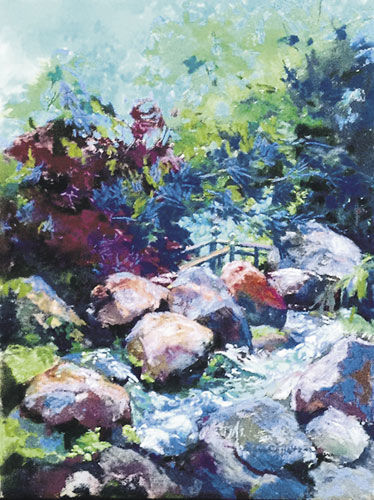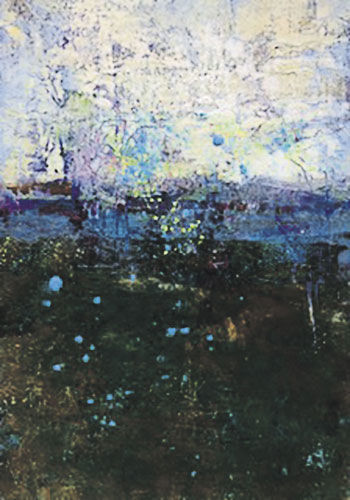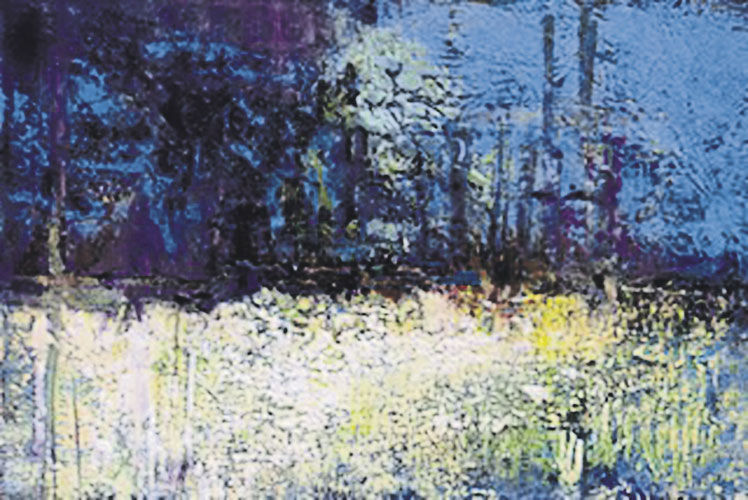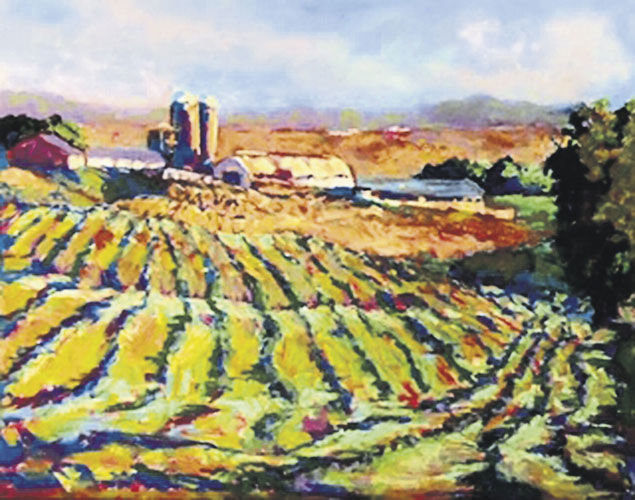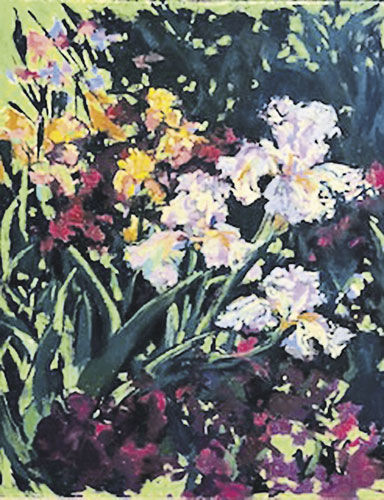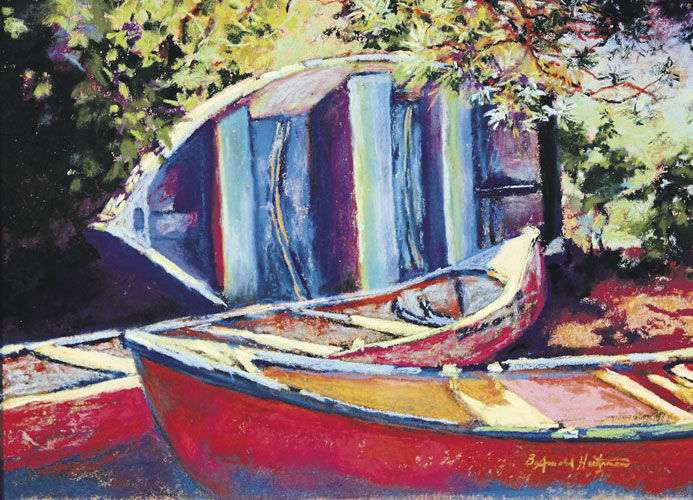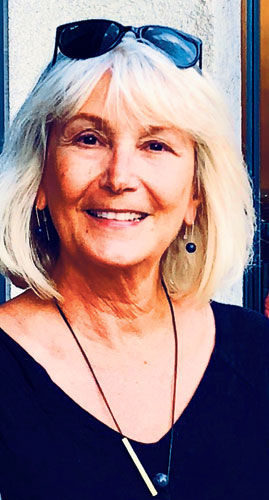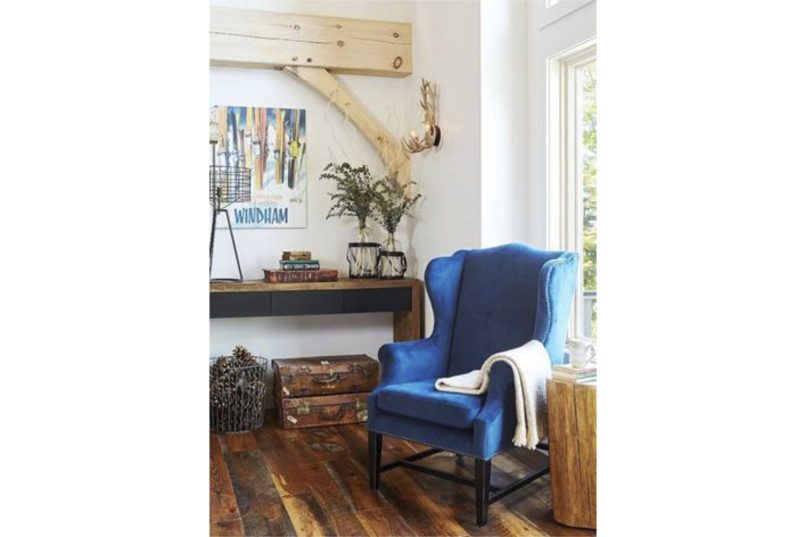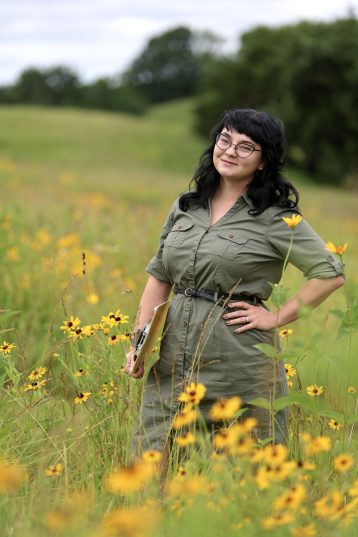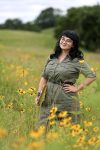GALENA, Ill. — If anyone is an example of how to take advantage of life’s second act, it is Dubuque artist Barbara Heitzman.
Heitzman, a retired teacher, spent more than 20 years teaching art and creative drama. But teaching, she admitted, is all she believed she had time to do.
“I was raising a family,” Heitzman said. “I was involved in a lot of arts organizations, but I really didn’t do any art myself. I really didn’t think about it until I moved to Dubuque.”
The Michigan native came to town with her husband, Wes, a born-and-bred Dubuquer, several years ago. Now empty nesters, the couple has taken the city’s art world by storm.
Heitzman’s husband is the founder of Bluff Strokes. It’s an organization dedicated to serving local and visiting artists, sponsoring workshops and introducing new artists to the area and the resources it has to offer.
The organization’s annual Paint Out is a draw for plein air painters and art enthusiasts.
Eclectic Mix: The Art of Barbara Heitzman, the artist’s one-woman show, will open on Friday, March 13, at the Galena Center for the Arts and will be on display through Saturday, May 2.
Although Heitzman works in a number of different mediums, plein air — French for “open air” — holds a special place in her heart.
Painting outdoors might seem like the most natural thing in the world. But working quickly to capture natural light, dealing with changes in light and shadows or battling the elements can be challenging.
While artists always have painted outdoors, the plein air movement gained momentum in the mid-19th century, when paints became available in tubes and were more portable. Previously, artists had to make pigments by grinding powders and mixing them with linseed oil, a process that could be difficult in less-than-optimal outdoor conditions.
Painters such as Claude Monet, Camille Pissarro and Pierre-Auguste Renoir furthered the popularity of plein air among French impressionists in the late 19th century. The movement eventually reached America around the turn of the century, starting in California with artists like Guy Rose and Arthur Hill Gilbert and eventually spreading to the East Coast.
Heitzman said it was an outing with a fellow artist that inspired her love for painting outdoors.
“I was with Rabecca Hennessey, another artist, and I just loved it so much,” she said.
That love led to the founding of PPods (Plein air Painters of Dubuque) in 2014. The group currently has 17 active members, but Heitzman estimates there are around 90 artists and supporters of the group.
“It’s all about encouraging artists to paint outdoors,” she said. “We go to the Arboretum, Eagle Point Park, O’Leary’s Landing. We participate in Bluff Strokes. Wherever we can.”
Explaining the challenges of plein air, Heitzman said it is dramatically different from painting in a studio.
“It’s challenging because the light is constantly changing or the weather is changing,” she said. “So, you have to be quick. The idea is to finish within two to three hours. The light and atmosphere is very, very different from painting indoors.”
Heitzman said there is a lot more to love about plein air work than just painting.
“The wind. The butterflies going by. The buzz of the bees. It’s just really beautiful to be outdoors observing it all,” she said.
Heitzman’s exhibit at the Galena Center for the Arts features a number of pieces from different mediums including acrylics, watercolors, hard and soft pastels, oils and a new technique she’s been using, oil with cold wax.
“It seemed a bit out of my comfort zone, but I wanted to try it because it helps the oil paint dry faster, and it has a wonderful transparency that you don’t get with just oils,” she said.
Oils can take weeks, months, or even years to completely dry because of the oxidation process that occurs. Watercolors, on the other hand, dry faster because the water in the paint quickly evaporates.
Heitman said she would encourage anybody who has an interest in art to try plein air painting, or any medium that appeals to them.
“Really, it’s not always the finished product that’s best,” she said. “A lot of times the process of creating is where the joy is.”

